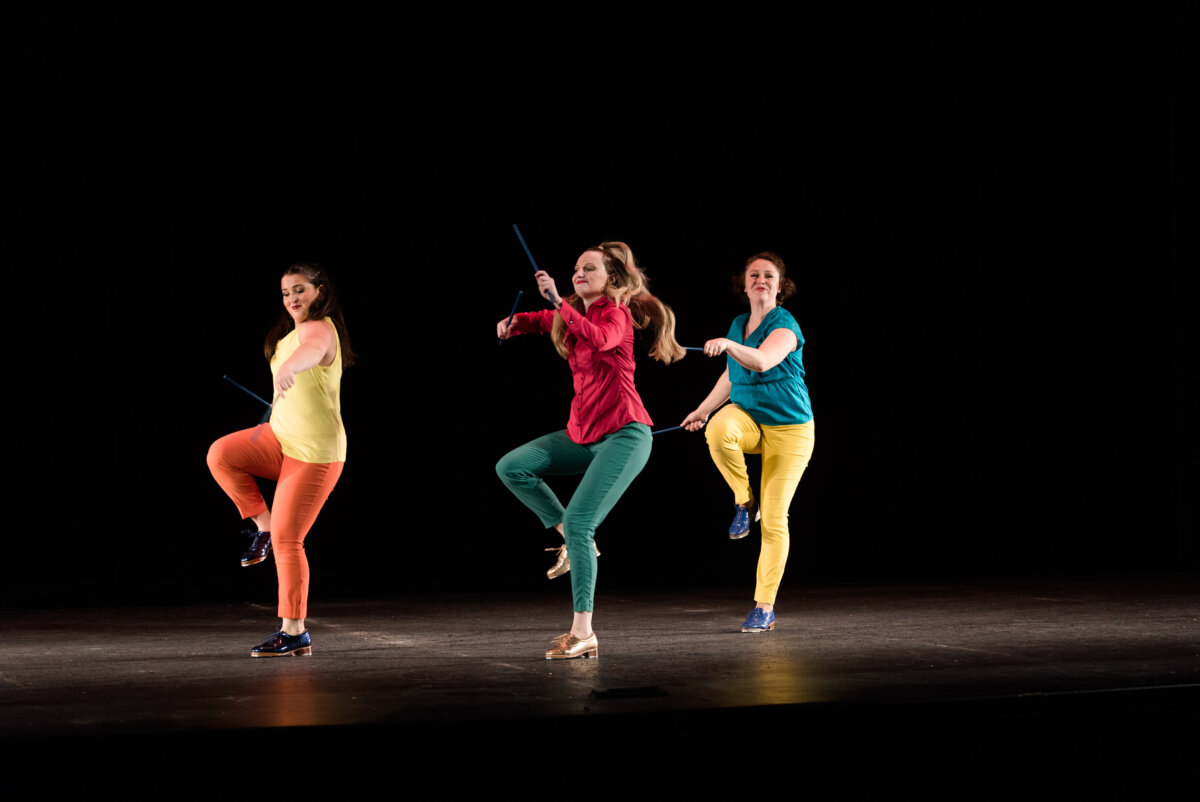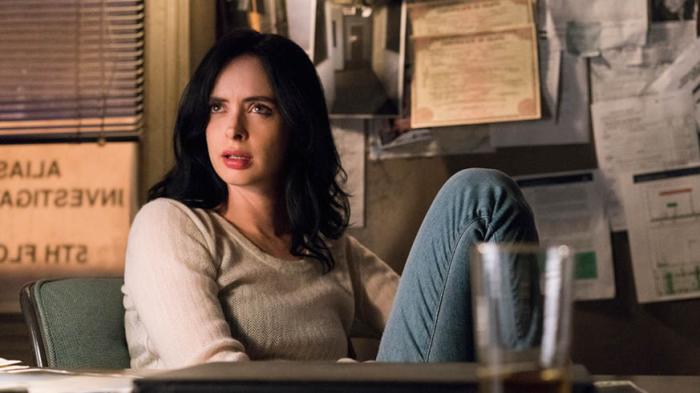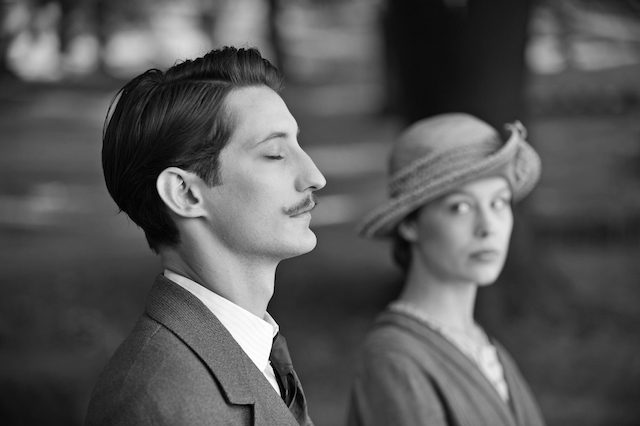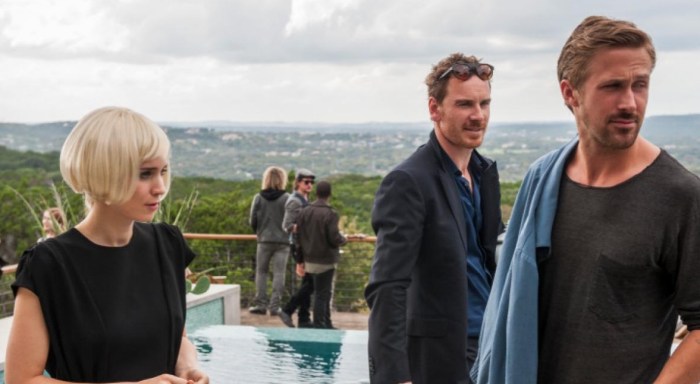‘Carol’ If this were the Sundance ’90s, Todd Haynes’ “Carol,” a film about women falling in love, would be a simple message about tolerance. In 2015 that might seem redundant, even with the pushback against legalized marriage equality. In fact, you can define “Carol” as much as by what it as by what it’s not. It’s not a political film. It’s not a way for audiences from the future to congratulate themselves on how different they are from Truman’s America. It’s not even, really, a melodrama, like previous Haynes trip to the ’50s, “Far from Heaven.” RELATED: Jake Lacy talks returning to drama for “Carol” and his love for “Goodfellas” So what’s left for “Carol” to be? The answer might not sound sexy as described. It’s a passionate yet detached study of the practicalities of love — the twisty-turny route one must navigate to form any kind of relationship, and especially a type that has so many barriers thrown up in its path. It acknowledges the prejudices and boundaries its lovers — Cate Blanchett’s society dame Carol and Rooney Mara’s lowly department store clerk Therese — face in 1952, but it treats them as they do: as obstacles to veer around through careful planning and tense but measured negotiations. As such, “Carol” has an unusual balancing act to pull of: be clinical yet emotional. It’s not that difficult, not when your heroes are well-versed in obscuring what’s going on underneath. Blanchett plays Carol as someone always hiding behind elegance and a smirk. Rooney is her usual unreadable self, pushing the world away with a wide-eyed stare. You can watch both subtly melt in each other’s presence, body language loosening up. But even their courtship is comprised of youthful tricks and euphemisms. They meet while Carol is Christmas shopping, exchanging one of those long, hard stares that immediately indicates both parties are all-in. Carol still has to “accidentally” leave a glove on the store counter. When they’re alone, in public and in private, they don’t dare mention the love that dare not speak its name. They have to talk around their feelings. They might even feel that way if they weren’t stuck in the 1950s. Even red hot obvious passion means being unsure if the other one is the one. RELATED: Cate Blanchett and Robert Redford say “Truth” doesn’t exonerate Dan Rather That’s not to say “Carol” skirts around being gay, even as that word or any of its synonyms and related terms ever find their way into the dialogue. It doesn’t make a meal of normalizing its characters’ sexuality. It presents them as they are, and carefully depicts what they have to go through to be together. Carol has to contend with her furious hubs, Chandler’s sadly stuffy Harge, who threatens legal action, even threatening to deny her any rights to their child. On a slightly less dramatic note, Therese has to deal with breaking the heart as well as deeply confusing her own boo, who just assumed they were going to get married and knock out some kids. But even these have to be settled not with shocking developments and twists but through a cucumber cool. Characters lose the more they emote, the less they can control their feelings. The filmmaking itself is equally reserved — not the riot of colors and ravenous aping of Douglas Sirk in Haynes’ “Far from Heaven.” “Carol” is more muted pictorially, many of its shots filmed through windows, some of them dirty. It’s not modern-looking but it’s not retro either. Like its characters, it navigates through a corkscrew path with precision. What it’s doing is unique but simple, and by the end it know it can say all it needs to say with nothing more but one actor’s perfect look.
Director: Todd Haynes
Stars: Cate Blanchett, Rooney Mara
Rating: R
5 (out of 5) Globes
‘Carol’ is Todd Haynes’ detached but passionate look at women in love
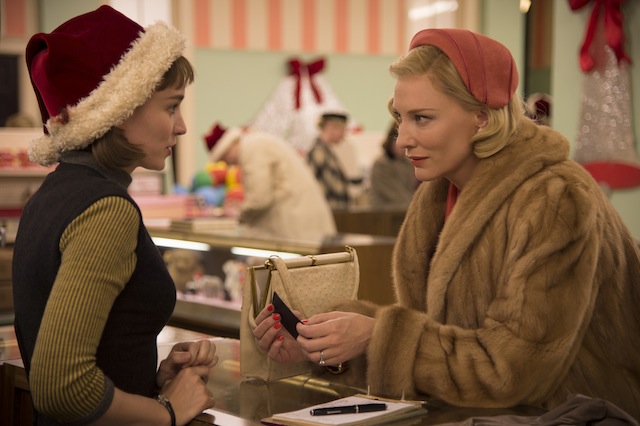
The Weinstein Company
Follow Matt Prigge on Twitter @mattprigge









